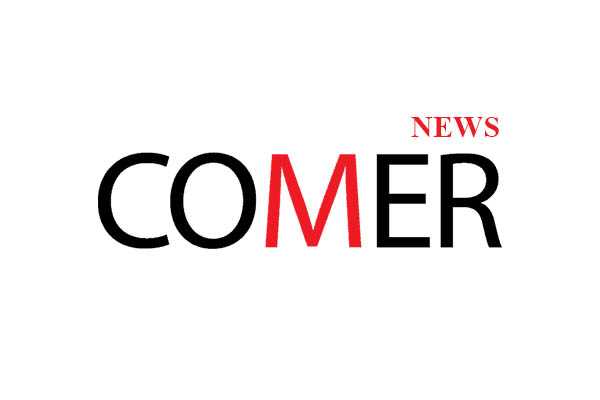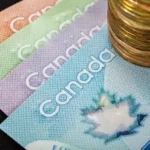By Herb Wiseman, Peterborough This Week, August 31, 2015
To the editor:
Myths, often sincerely held, dominate the media in order to manufacture the consent of the public thus enabling those in power to maintain their privileges and entitlements. Myths also obscure what is real. The balanced budget narrative proves this rule.
Libs and Cons used to wring their hands about balanced budgets, debts and deficits until this past week when the Liberals called for deficit spending. But nobody, especially the media, ever talks about the amount of interest being paid on the debt, to whom that money is paid, how much of it is taxed nor what happens to these amounts when the interest rates start to rise again. Some commentators note that 10 cents of every tax dollar goes to service the debt but what is that number in real dollars?
The heritage of the NDP should lead it to wring their hands about the transfer of taxpayers’ dollars to the financially well-off in the form of interest on the debt, but it doesn’t. Megan Leslie on CBC’s The House correctly described the Liberal announcement about borrowing to pay for infrastructure as the classic bait and switch ploy of the Liberal Party but failed to mention that it is part of the ongoing goal of the Liberals (and Conservatives) to continue to transfer tax dollars to the well-off while making it sound as though they want to use spending on infrastructure to get the economy going.
The latest ploy to manufacture consent for this myth is to cite David Dodge and Paul Martin who support deficits by citing the IMF practice to describe the debt as a percentage of the Gross Domestic Product (GDP). Because our debt is a small percentage of the GDP, we can afford to borrow and run a deficit. More obfuscation.
Balancing budgets traditionally means austerity – cutting items in the budget to reduce a deficit and raising taxes (Greece). But the one item never touched is the interest payments on the debt or “debt service charges.” Conservatives also like to sell off assets.
The Liberal announcement does not explain from whom they plan to borrow or the actual cost to taxpayers. The narrative continues instead to obscure this.
The NDP talks about balancing the budget by raising business taxes and cutting subsidies to the big corporations (who failed to invest previous tax savings granted by the Harper government) and reducing taxes for the job-creating small businesses. They hope that with more people working, more taxes will be paid without increasing the rates thus balancing the budget. It makes sense especially when you realize that the increased prosperity all three parties are promising will bring on higher interest rates.
But this debate obscures the real issues about the federal budget, balanced or not.
The government borrows by selling Bonds and Treasury bills through the Bank of Canada (BoC) that it owns. The government then pays interest called public debt charges on these loans. The latest Conservative so-called balanced budget allots $25.7 billion of our tax dollars in interest to the well-off money-lenders on a $620 billion debt. Interest rates paid on these debts are relatively low – for the moment. When we run a deficit, the debt increases and so does the interest paid. When Paul Martin was prime minister, the federal debt had been reduced to about $480 billion but the public debt charges amounted to more than $34 billion each year due to higher interest rates.
Every quarter, the business media speculate on when interest rates will increase? History shows us that, when they increase, the amount paid from our tax dollars as interest on the debt – debt service charges – goes up squeezing other budget items such as health care, pensions and environmental programmes.
If you are still reading about this riveting subject, you may be wringing your hands about the solution.
What would happen if the BoC held the entire debt? Because the BoC is owned by the government, the interest ($25.7 billion) would be returned to the government and then be available for infrastructure, programs and services without any increase in taxes. What happens if the BoC held 2025% of the debt (presently held by foreigners) as it did prior to Trudeau senior’s rule? Then there would be over $6 billion dollars available.
What happens when interest rates go up? All the political parties are promising prosperity inevitably causing interest rates to climb. If the BoC holds the entire debt, the extra money paid as interest would be returned to the government. If the debt or part thereof is held privately, then the welloff get another windfall from the taxpayers.
The myth of the balanced budget narrative obscures how the privileged benefit at taxpayers expense whether or not the budget is balanced!
Herb Wiseman, Information Secretary for COMER – The Committee on Monetary and Economic Reform





